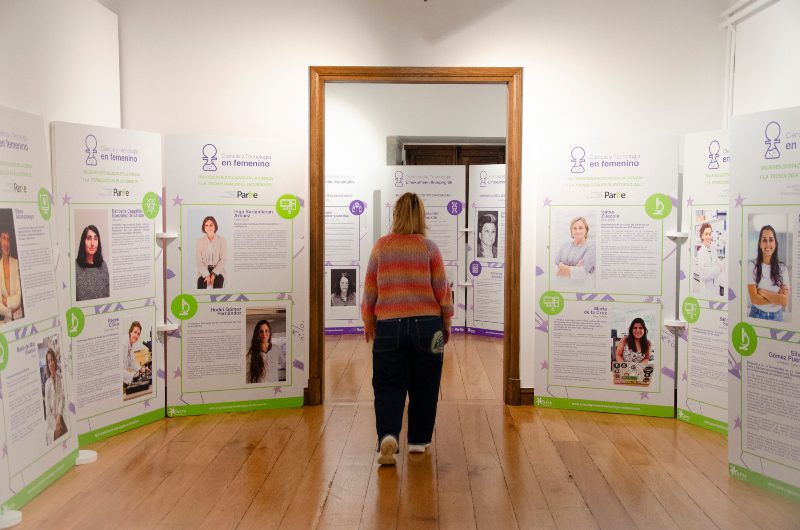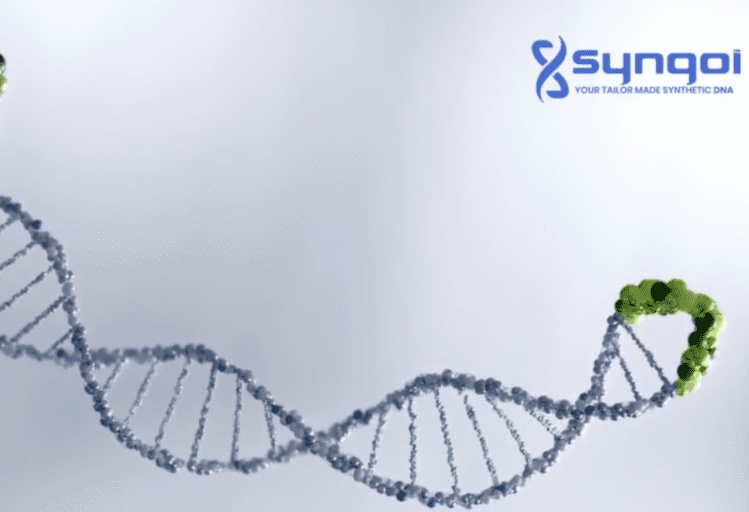A CIC bioGUNE research group reveals the structure of one of the cellular machinery for recycling proteins

Researchers from CIC bioGUNE, the Biophysics Institute, NIH (National Institutes of Health, USA), BSC (Barcelona Supercomputing Center) and ICVV (Institute of Vine and Wine Sciences) conclude that proteins that need to be recycled coordinate their own “selective collection”.
The work, published in the journal Nature Structural & Molecular Biology, succeeds in describing the process of protein recycling at the atomic scale, which is fundamental for designing mechanisms to correct the errors that cause some proteins not to be recycled efficiently or to end up in places in the cell that do not correspond to them.
 A multidisciplinary research team from CIC bioGUNE, Instituto Biofisika, NIH (National Institutes of Health, USA), BSC (Barcelona Supercomputing Center) and ICVV (Instituto de Ciencias de la Vid y del Vino) has managed to reveal the structure of one of the cellular machineries that allows proteins to be recycled. This machinery, known as ESCPE-1 (short for “Endosomal Sorting Complex Promoting Exit 1”), is used to transport and reuse more than 60 different proteins.
A multidisciplinary research team from CIC bioGUNE, Instituto Biofisika, NIH (National Institutes of Health, USA), BSC (Barcelona Supercomputing Center) and ICVV (Instituto de Ciencias de la Vid y del Vino) has managed to reveal the structure of one of the cellular machineries that allows proteins to be recycled. This machinery, known as ESCPE-1 (short for “Endosomal Sorting Complex Promoting Exit 1”), is used to transport and reuse more than 60 different proteins.
A daily activity in our household chores is to separate paper, glass, cans and plastic and then dispose of them in the appropriate containers. By recycling, we reduce the consumption of resources, save energy and minimise waste. Similarly, our cells recycle many of their components to achieve similar benefits.
The research has been published in Nature Structural & Molecular Biology, one of the world’s leading journals in the field of structural and molecular biology.
“Many of the proteins transported and reused by this cellular machinery to recycle proteins are cellular receptors involved in cell growth and proliferation and appear deregulated in different types of cancer. In this study, we have unravelled the organisation of ESCPE-1 at the atomic scale and analysed how the receptors to be recycled contribute to their own transport. Going back to the analogy of paper, glass, cans and plastic, it is like having discovered the selective collection mechanism for one of these containers,” explains Aitor Hierro, Ikerbasque researcher at CIC bioGUNE.
Conceptually, the study provides a very simple but fundamental idea. Proteins that need to be recycled coordinate their own selective collection.
“Our cells use and reuse many of their components, efficiently managing their location and availability. Understanding these processes at the atomic scale is fundamental to design mechanisms that can redirect the management errors that cause some proteins not to be recycled efficiently or to end up in places in the cell that do not correspond to them, as happens in some types of cancer and certain neurodegenerative diseases,” says Aitor Hierro.
The work, which has been carried out over the last five years, has used two of the most relevant techniques in structural biology: X-ray crystallography and electron cryomicroscopy. Both techniques require large infrastructures such as those found at CIC bioGUNE and BREM (Basque Resource for Electron Microscopy) at the Biofisika Institute, which together have allowed this study to be carried out successfully.
The full article can be consulted at: https://www.nature.com/articles/s41594-023-01014-7




